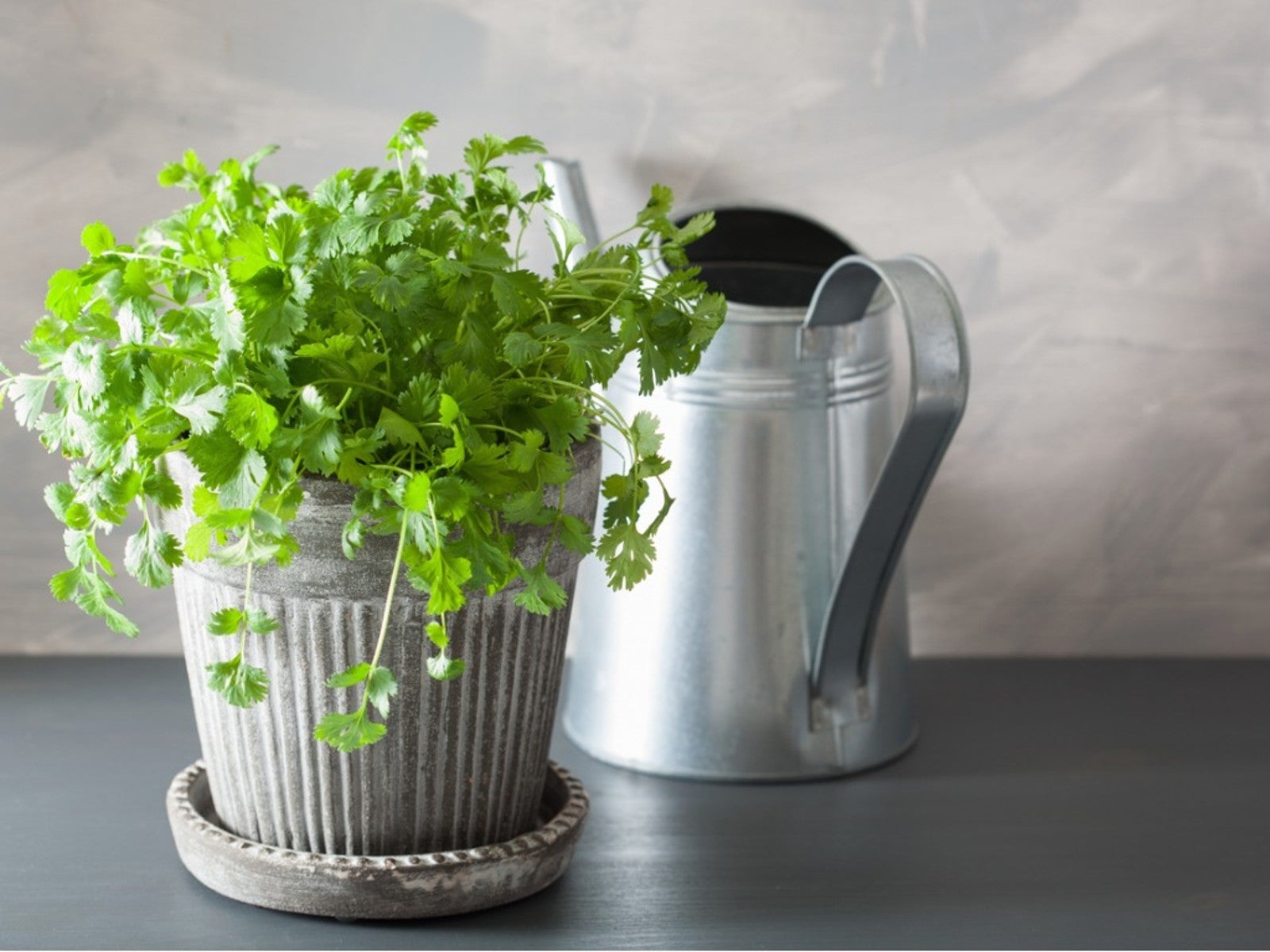Propagate Cilantro: How To Grow Cilantro From Cuttings And Seed


One of the main problems you’ll encounter growing cilantro is that it bolts quickly in hot weather, leaving you with flavorless leaves. Knowing how to propagate cilantro, you can keep this tasty herb going throughout the season and beyond.
About Growing Cilantro
Cilantro is the culinary term for the leaves of this plant. Did you know coriander comes from the same plant? Coriander is the spice made from the dried seeds. To enjoy one or both of these tasty seasonings, you can easily grow cilantro in an herb or container garden.
Cilantro prefers full sun but will tolerate some shade. The soil should drain well. Provide regular water, especially as it gets hot to delay bolting. Harvest the leaves as needed and to encourage more growth.
How to Grow Cilantro from Seed
It’s easy to regrow cilantro from seed. To collect seeds, let a plant flower. A couple of weeks after the flowers die back, you’ll see brown seed heads. Collect the seeds on a dry day by rubbing the seed heads and allowing the individual seeds to drop into a container. Make sure the seeds are fully dry before closing the container and storing.
To grow new cilantro plants from seed, sow them directly outdoors. Cilantro doesn’t transplant as well as other herbs. Sow seeds after the risk of frost has passed and every few weeks to get a continuous harvest.
How to Grow Cilantro in Water with Cuttings
Most people grow cilantro from seed or transplants. Growing from seed is the most reliable way to propagate cilantro, but you can also try cuttings. Cut off a healthy stem about 3 to 5 inches (8-13 cm.) long just below a node, where the leaves grow.
Remove the lower leaves and place the end of the cutting in water. Let it sit in gentle, indirect sunlight where it won’t get too cold. You can also try letting the cutting grow roots in a rich starter soil.
Sign up for the Gardening Know How newsletter today and receive a free copy of our e-book "How to Grow Delicious Tomatoes".
Keep in mind that cilantro does not always reliably grow roots from cuttings. If you have some cuttings to spare, it may be worth a try, but collecting seeds is foolproof and works every time. Consider using a rooting hormone on the cut stem tip to improve the odds of getting root growth.

Mary Ellen Ellis has been gardening for over 20 years. With degrees in Chemistry and Biology, Mary Ellen's specialties are flowers, native plants, and herbs.